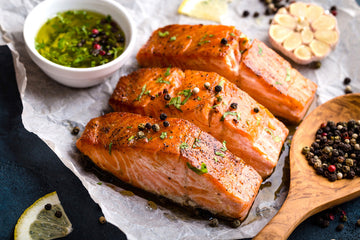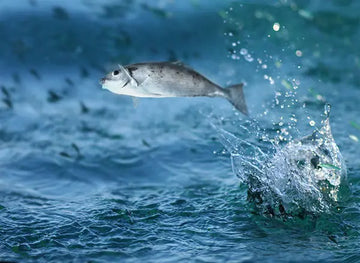Encouraging someone with selective eating habits to embrace fish can be a nuanced endeavor. Whether it's a child with a restricted diet or an adult with an aversion to seafood, integrating fish into everyday meals demands both persistence and ingenuity. Rich in high-quality protein, essential vitamins, and omega-3 fatty acids, fish contributes significantly to cognitive development and cardiovascular well-being. It’s a dietary component well worth introducing—and with thoughtful strategies, even the most hesitant eaters can gradually acquire a taste for it.
Understanding Aversion: Why Fish is Often Rejected
Before addressing the challenge, it's important to examine the root causes of fish aversion. Sensory sensitivities—particularly to the scent, flavor, or mouthfeel—often play a central role. Negative experiences, such as encountering bones or consuming poorly prepared, desiccated fish, may reinforce distaste. For children unfamiliar with seafood, the unfamiliarity itself can be alienating. Moreover, the pungency of subpar fish can provoke discomfort, deterring individuals before the first bite.
Begin with Subtle Introductions
An effective approach involves incremental exposure through subtle incorporation. Choose species known for their delicate flavor profiles and tender consistency—such as tilapia, cod, or roopchand. Rather than presenting a conspicuous fillet, blend modest portions into familiar culinary formats—pasta, stir-fried rice, or croquettes, for instance.
Culinary technique is equally pivotal. Gentle preparation methods like steaming or oven-roasting preserve moisture and minimize intensity. A drizzle of citrus, a pat of butter, or a mild masala blend can temper the taste, easing the transition.
Infuse Enjoyment into the Experience
For children in particular, the aesthetics and tactile elements of food influence receptiveness. Reshape fish into whimsical forms—nuggets, pinwheels, or fritters. Encourage participatory cooking; involving them in mixing or shaping enhances a sense of ownership and curiosity.
Narrative tools can also be impactful. Storytelling—about the origin of the fish or its role in growth and intelligence—can reframe the experience. Transforming mealtime into an imaginative journey often fosters openness.
Anchor Fish in Familiarity
A practical tactic is to integrate fish into well-loved recipes. Stuff dosas or parathas with a savory fish filling. Substitute the protein in burgers with a spiced fish patty. Maintaining the familiar framework while altering a single element helps mitigate resistance.
Prioritize Quality and Freshness
The quality of fish is a decisive factor. Fresh, untainted fish offers a superior flavor and aroma, enhancing palatability. Previous encounters with stale or frozen seafood may have cultivated aversion. Look for firm texture, a clean scent, and vibrant color. Reliable services that offer preservative-free, hygienically handled fish make this process easier. Fresh fish also tends to cook more evenly and retain succulence.
Consistency Without Coercion
Adapting to a new food can require multiple encounters. Avoid compulsion—especially with children—as it may heighten resistance. Instead, provide recurring, pressure-free opportunities to sample fish. Even a nibble counts as progress. Evidence suggests that consistent, gentle exposure gradually normalizes unfamiliar foods for picky eaters.
Acknowledge incremental achievements. Whether they taste a sliver or assist in preparation, every step builds a more positive food narrative. A stress-free environment cultivates healthier eating patterns over time.
Simplify the Science
While you don’t need to delve into detailed nutrition science, sharing the benefits in everyday language is helpful. For kids, phrases like “fish makes you think better” or “helps you run faster” work well. For adults, emphasize heart benefits, brain function, or joint health. Relating the value of fish to personal goals encourages acceptance.
Patience is Key
Every selective eater is unique. What resonates with one may not work for another. Success depends on creative, empathetic, and sustained efforts. Even subtle changes—in cooking technique, presentation, or dialogue—can have a significant impact.
Ultimately, the goal isn’t to foster instant affection for fish, but to nurture a flexible, receptive mindset toward new foods. With time, fish can evolve from an avoided ingredient into a welcomed part of a balanced meal.
Let VTF help
Sourcing premium-quality fish is often the primary obstacle. That’s where VTF excels. Delivering meticulously cleaned, chemical-free fish straight to your doorstep, VTF ensures every cut is safe, nutritious, and flavorful. Especially for families seeking to cultivate healthier habits in children, VTF simplifies the journey. Their emphasis on hygiene and freshness minimizes common deterrents like odor, bones, or residue. For those looking to gently introduce fish into their diets, starting with high-quality produce makes all the difference—and VTF is here to support that transition.





